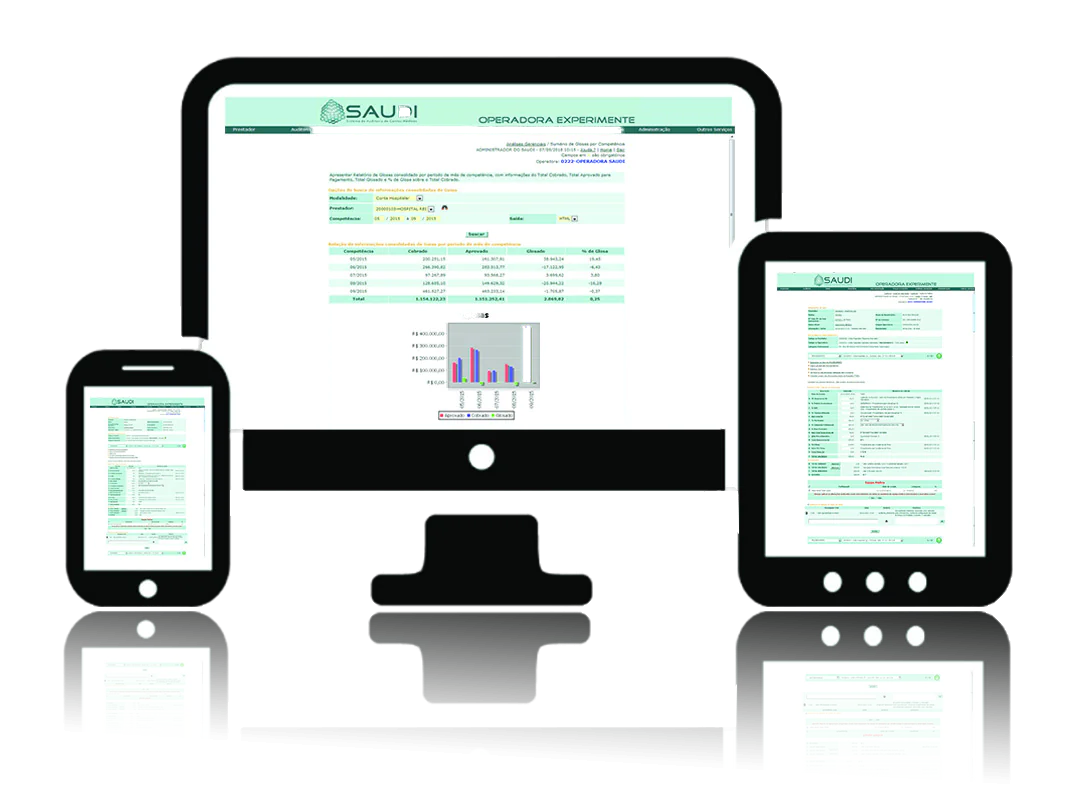Currently, running a company is not a very simple task and, if you intend to leverage the market, you need to be prepared to face the challenges, one of which is to eliminate the idea that it is only possible to be successful with intuition. This thinking has serious consequences, therefore, it is necessary to prepare and analyze performance indicators.
Performance indicators provide the manager with a wide sight of the operator, avoiding errors and, consequently, bringing good results, that is, in such a demanding market, they represent the possibility of working with proficiency.
So, are you interested in finding out more about this topic? Continue reading this post and stay up to date.
Learn the importance of monitoring performance indicators
In Brazil, most managers believe that good communication, sales skills and entrepreneurial soft skills are enough to stay in the market.
This is a mistaken idea that could put the operator at risk. Currently, the manager needs technique, that is, deepening knowledge in finance and modern management practices. Therefore, monitoring performance indicators is important, representing an efficient technique that allows you to expand your vision and understand your operator's reality.
The modern era poses very demanding challenges. Given this perspective, it is fundamental to add knowledge in favor of good results, and the manager who has the ability to combine the entrepreneurial spirit and advanced knowledge becomes capable of analyzing his metrics and managing competently.
It is believed that this is the path that generates precision and makes it possible to take the company to a level of excellence.
Discover the challenges to be faced
Challenges are part of every change, however, with committed work, they can be overcome.
A common difficulty in monitoring these indicators is the lack of effectiveness of ERPs (Enterprise Resource Planning), that is, systems that unify an organization's data and processes.
When the ERP is not efficient, it causes obstacles throughout the system. On the other hand, a good system allows the entire operational structure to function with quality, guaranteeing good results.
Another challenge that needs to be overcome concerns the management of complementary health. Many managers have not yet adapted to the immediacy of information and end up using outdated indicators to evaluate the operator's performance.
However, these metrics do not match the current reality. It is important to update information and use resources appropriately.
To solve this challenge, it is necessary to monitor indicators in real time and solve problems more quickly. Through a good ERP and competent management, focusing on process excellence, challenges like these can be eliminated. It is worth highlighting, however, that intuition alone is not enough, as specific techniques are necessary for each situation.
See the main performance indicators for health plan operators
In 2017, the National Supplementary Health Agency (ANS) created a Supplementary Health Performance Index (IDSS), to evaluate the performance of healthcare providers. The index uses a scoring scale from 0 to 1 and represents the performance of current operators across the country. The calculation is based on four management indicators.
The criteria for performance analysis are:
- health care;
- economic-financial situation;
- beneficiary satisfaction;
- structure and operation.
The IDSS allows comparison between operators, encouraging the dissemination of qualified information and competition in the sector. Furthermore, it increases transparency and reduces information asymmetry, reducing errors that compromise the possibility of users making choices to change or contract a health plan.
Identify the metrics that need to be tracked
The main performance indicators in supplementary health are classified into three categories: commercial indicators, assistance indicators and contract management. Check out the main points of each one below!
Trading indicators
Among commercial indicators, there are those that deserve attention and control to avoid unpleasant surprises. See below!
Total users
It is essential to check the total sales of the plan in order to increase revenue. However, it is interesting to keep an eye on the customer acquisition rate, since the contract only becomes valid upon payment of the first monthly fee. It is possible that there will be high sales, however, if the completion rate is low, there is likely to be an error in your team's processes.
Average ticket
It is an important commercial indicator that determines the value of the plans you sell and the profit margin. It is essential to keep this indicator high, which can increase the value of offers, as well as offering discounts for premium products. It is worth remembering, however, that such measures will occur if necessary.
Contract management
Contract management encompasses control of the customer portfolio. Among them, we can highlight the most important ones, as you can see below.
churn rate
It is the control of the number of contracts not executed. Failure to execute contracts means that the volume of plan users has decreased, which, without a doubt, could compromise the operator's financial balance.
Default rate
A metric that deserves all the attention, it is necessary to monitor default to prevent it from reaching extremes and compromising the financial system and thus causing a domino effect.
User migration
An important issue for the operator. Therefore, it must be analyzed to understand the origin of the problem. When this happens, it is time to propose new ideas to retain existing users and attract new customers. It's time to turn things around and offer a differentiator to face the competition.
Assistance indicators
These metrics are aimed at healthcare costs that are the responsibility of the operator. One of the important metrics in this sector is the accident rate, an indicator that controls assistance expenses and the total revenue of the business.
In addition to the accident rate, other factors need to be considered, for example, outpatient rates demonstrated by the volume of consultations carried out in the month, the average cost of exams and the variation and number of exams requested per consultation. It is essential to monitor closely and avoid the risk of high healthcare costs. All of these items are part of the accident rate.
As you can see, technology is currently present in all commercial market sectors, enabling improving your business. However, these resources, to guarantee effective results, need qualified people to develop them. SAUDI, management software for health plan operators, can offer all technological support through performance indicators and guarantee the standard of excellence for your operator.
So, did you like the information prepared for you? Did they help you make the decision to hire a specialized company, like SAUDI, to modernize your operator and reach a new level in the market? Would you like to obtain other information? How about getting in contact with our company?









